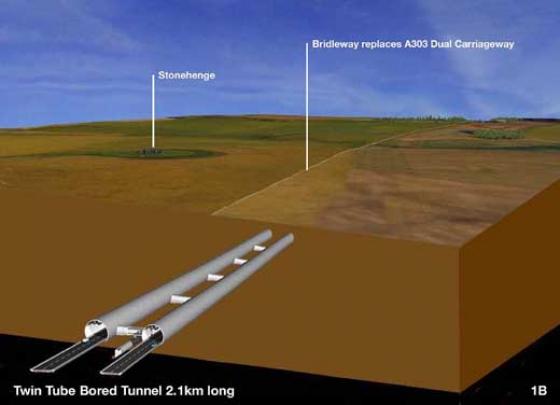location_on
photo
ondemand_video
forum
description
link
